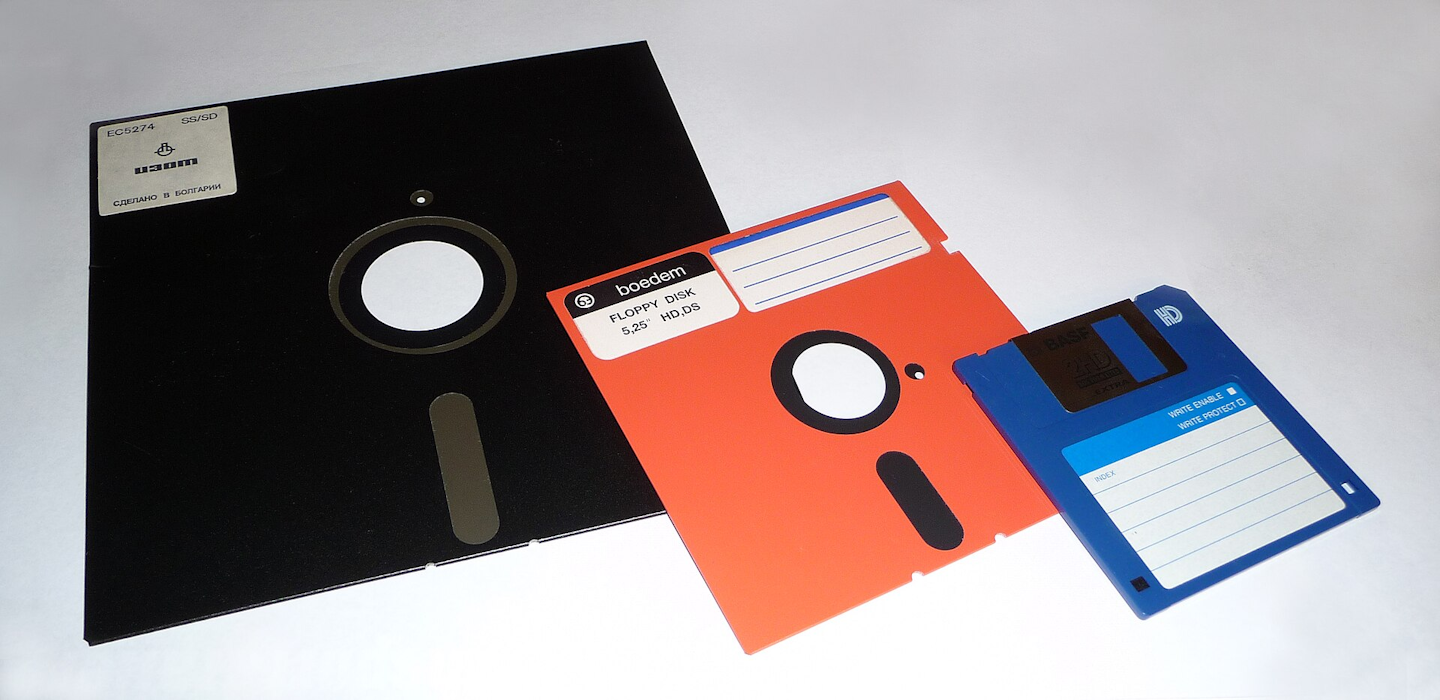In the rapidly advancing world of computing, data storage stands as a cornerstone that has evolved profoundly over the decades, adapting to meet growing demands for durability, scalability, and accessibility. From early physical storage methods to today's sophisticated cloud and distributed systems, data storage reflects humanity's drive to preserve and manage vast amounts of information efficiently.
This article explores the evolution of data storage—from its origins to cutting-edge innovations—and examines the trends shaping its future.
From Clay Tablets to Early Encoding Methods
The origins of data storage can be traced back to 1750 BC with clay tablets, a testament to early human attempts at preserving information. These tablets demonstrated a profound lesson in durability, although our understanding of their encoded languages was lost for centuries. Fast forward to second-century China, where innovations in textile production mirrored basic encoding methods, hinting at the interconnectedness of technological progress across diverse fields.

The introduction of punch cards in the 19th century marked a pivotal point, courtesy of Herman Hollerith's ingenuity. These cards, once used for the U.S. census, bridged the gap between manual data handling and automated processes. What began as a simple tool for organising census information became a foundation for computer data encoding—a revelation that underscored the power of streamlined data handling.
Magnetic Media: The Era of Spinning Disks and Tapes
Advancements in the 20th century introduced file storage solutions like floppy disks and hard drives, pivotal in shaping the modern developer's toolkit. These spinning disks provided valuable lessons in balancing space and portability, leading to considerations of data density and physical media relationships.

Magnetic tapes, while older, persist as reliable archival media due to their robustness—a trait that supports contemporary cloud storage for long-term data retention. They offer an economical choice for seldom-accessed data, bridging past technology with present-day cloud methodologies.
Embracing Cloud Storage
The shift to cloud storage redefined data paradigms by transcending physical barriers and offering unparalleled scalability. While this might sound purely positive at first, it presents developers with challenges around scale and complexity. For programmers today, an understanding of cloud storage nuances is critical. This evolution beckons a shift in approach - focusing on adaptability and embracing rapid innovation in cloud technologies.
Future Innovations: Beyond Traditional Storage
The future of data storage holds transformative possibilities. Concepts like DNA data storage and 5D optical storage hint at redefining data density and durability. DNA storage, leveraging synthetic DNA, boasts remarkable data density and stability, potentially revolutionizing how we perceive storage media.
Meanwhile, 5D optical storage uses transparent materials for longevity, holding promise for safeguarding our digital legacy for centuries. These innovations invite developers to partake in shaping the future of data storage, merging historical insights with visionary aspirations.
Conclusion: Bridging History and Innovation
As we journey through the dynamic landscape of data storage, clarity and innovation emerge as timeless principles. Programmers equipped with an understanding of historical trends and forward-thinking creativity stand at the forefront of steering the evolution of storage technologies.
To further explore these insights, Eli Holderness's engaging talk, "A Brief History of Data Storage," offers a captivating narrative on the historical and futuristic trajectories of how we store data. Discover more by watching the video here.










